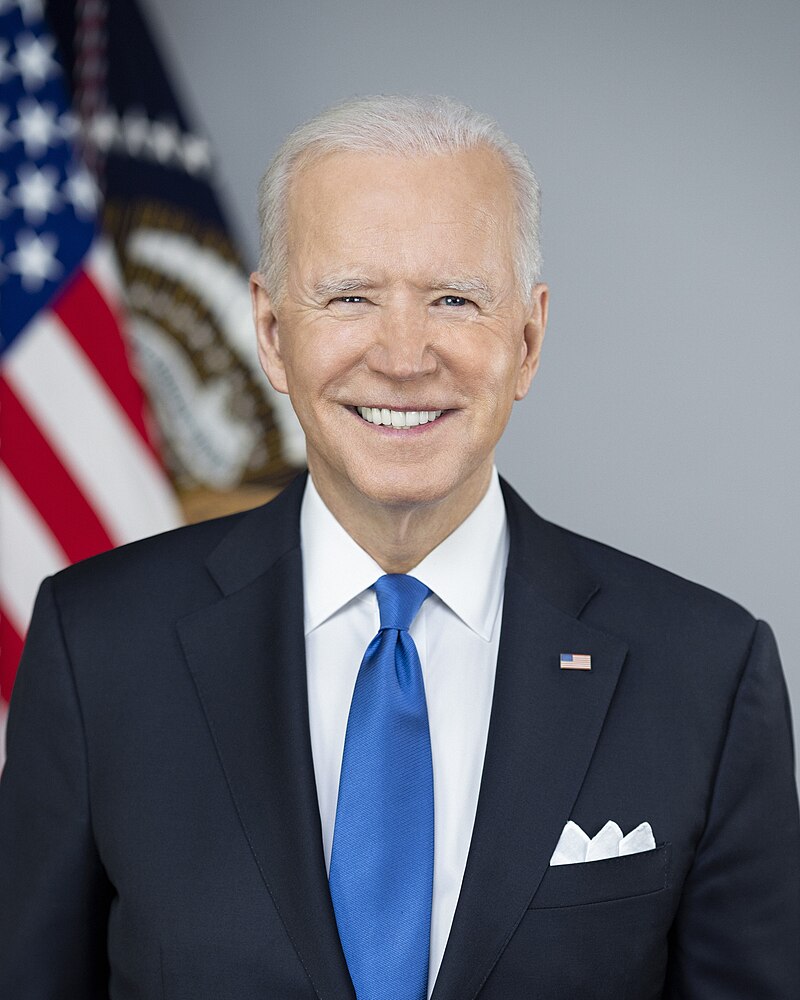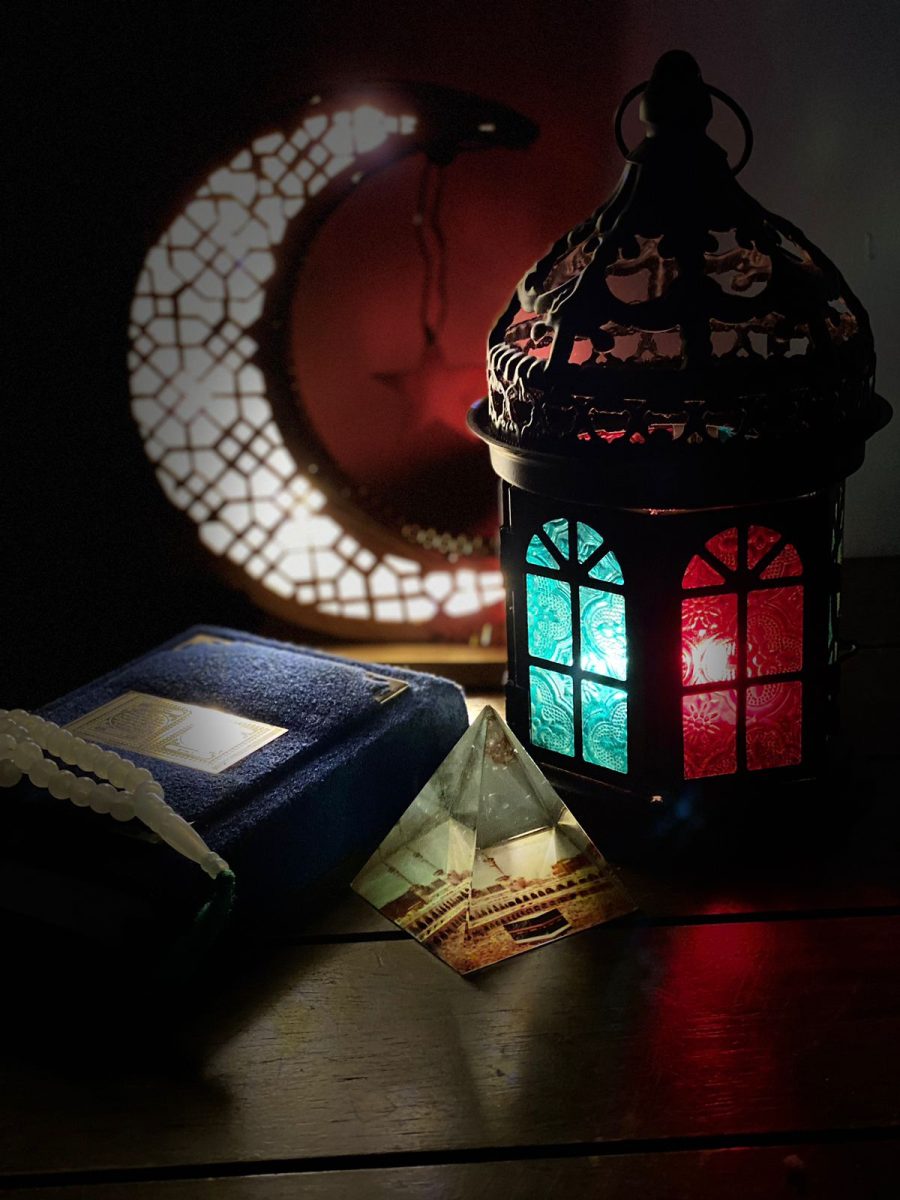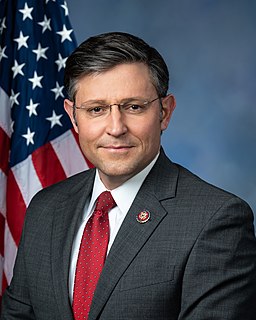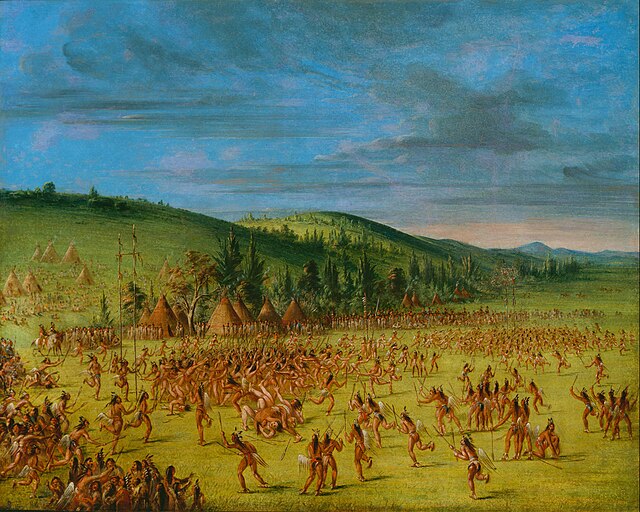The drumbeat continued throughout the day along with a variety of traditional dancing and singing, ranging from competitive dances like the smoke dance to honor songs that are sung to pay tribute to a tribe member.
On Saturday, Feb. 1, the North Carolina School of Science and Mathematics held their 23rd annual Powwow to celebrate Native American culture and ancestry.
The NCSSM Powwow dates back 23 years when Native American students approached a former teacher of 30 years, Joe Liles, about organizing an event to raise awareness of the culture and communities of origin.
They also wanted to use the Powwow as a method to encourage other Native American students to apply for admission to NCSSM, a residential school recently ranked 23rd in Newsweek’s “America’s Best High Schools.”
At NCSSM, the Powwow emphasized a Native American tradition that has been on display for centuries.
“It’s important to bring awareness to the Native American population,” said Liles in a phone interview with The Guilfordian. “February is a very opportunistic time because it’s a time when Indian people want to get moving again.”
Liles chose to have the powwow in February to avoid interfering with other traditional Native American powwows across the region. Typical powwow ceremonies resume in March, the beginning of spring.
In Native American culture, the drum is a strong symbol. It is a token of trust and faith as well as a representation of ancestry. The drumbeat remains constant throughout the Powwow while families gather together to embrace the singing and dancing of many Native American tribes.
This year, Liles’ most memorable story was inspired by a group of young dancers known as the “Eagle-Dancers,” in which the youngest dancer was a seven-year-old.
“The first place where natives actively sing and dance is here at the NCSSM,” said Liles. “They feel a loyalty to keep coming back.”
The Powwow serves as an occasion for Native Americans to show belonging not only to their respective tribes but also to their country.
“Native Americans are almost a forgotten part of history,” said junior Jace Sowden. “Having celebrations like this brings awareness to (non-Native American) cultures.”
Sowden is a member of the Seneca tribe in upstate New York, which is a part of the larger Iroquois Confederacy, consisting of the Onondaga, Cayuga, Oneida, Mohawk and Tuscarora tribes.
“I enjoyed talking to the people of the tribes and learning about the Powwow and what it represented,” said Dan Kane in a phone interview with The Guilfordian. “I appreciated talking with (non-Native American) students who still managed to participate in the dances.”
Kane is a writer for the News Observer and recently published an article on the event.
In addition to promoting participation for multiple tribes, the Powwow facilitates the expression of culture to those who are unaware.
The next Powwow will be held at North Carolina State University in Raleigh on April 5.






